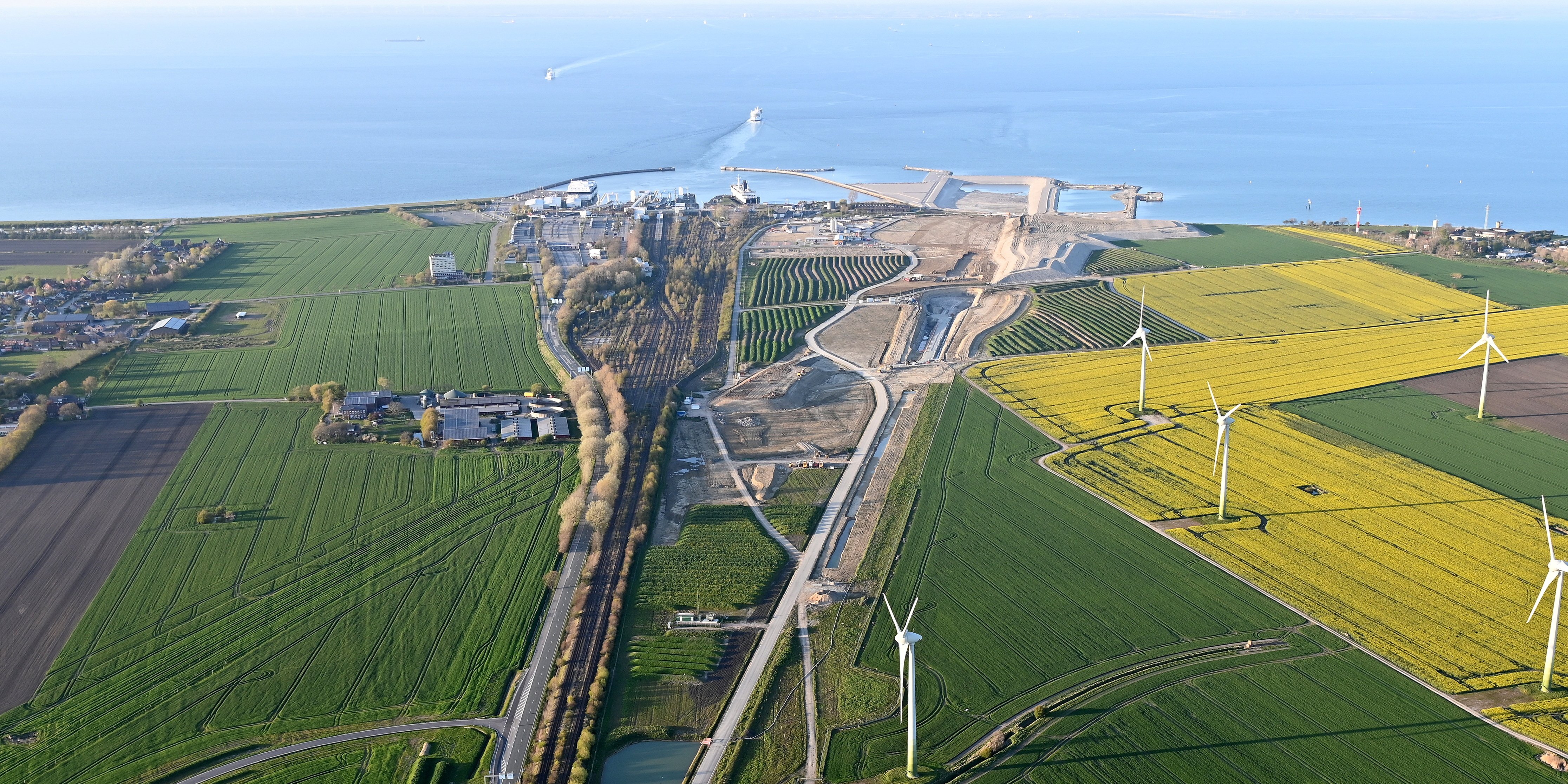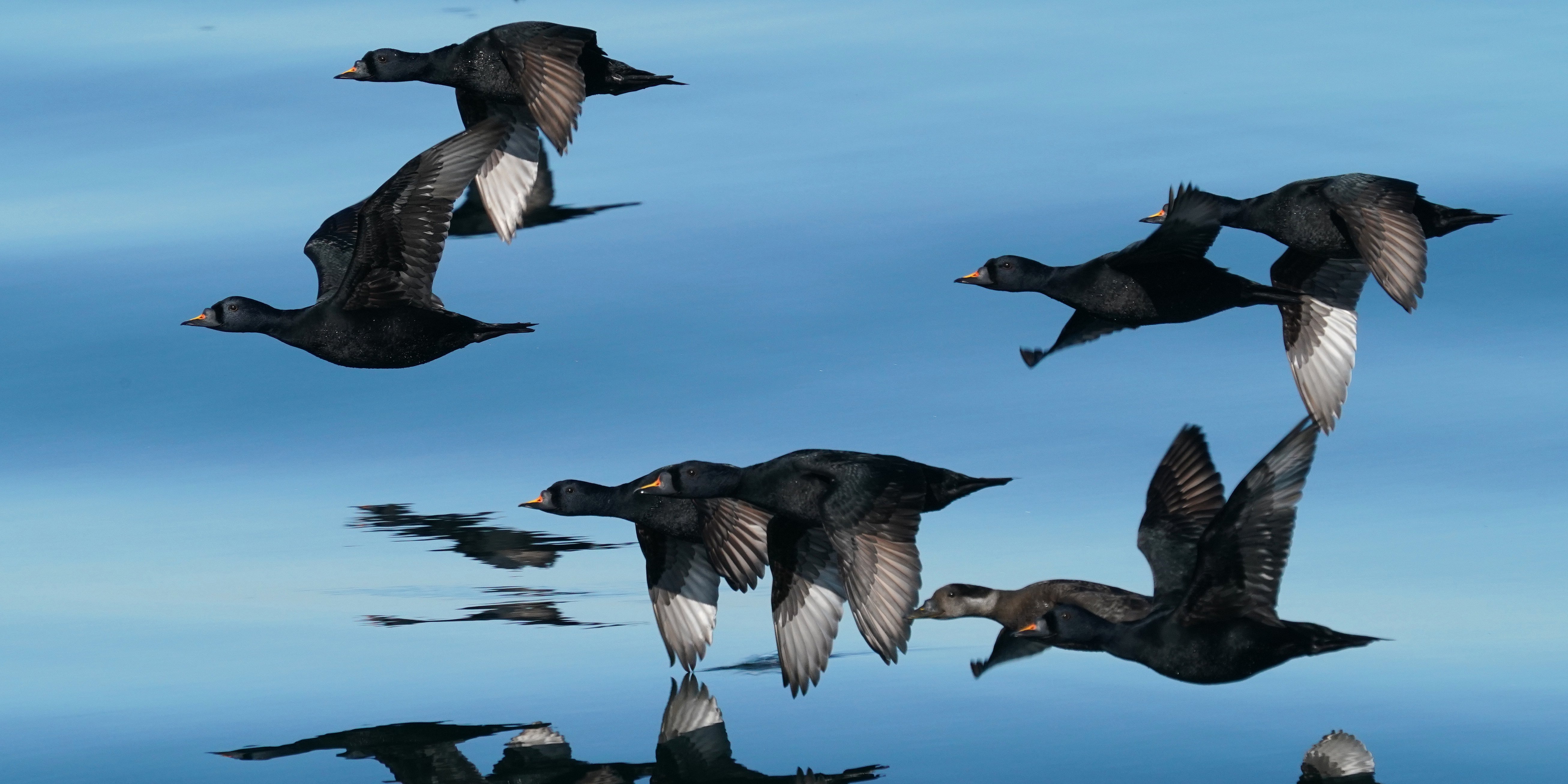Fehmarnbelt Fixed Link
On behalf of Femern A/S, BioConsult SH accompanies the construction of the Fehmarnbelt Fixed Link between the islands of Fehmarn and Lolland.
Europe's largest infrastructure project
In 2008, Germany and Denmark signed a state treaty on the construction of a fixed link spanning the 18 km broad Fehmarnbelt, connecting Puttgarden (Fehmarn) and Rødby (Lolland, Denmark).
Planning and management of the currently largest infrastructure project in Europe is carried out by Femern A/S. After considering various types of bridges and tunnels during the initial planning stages, the final decision was made to build an immersed tunnel.
In this international and interdisciplinary project, BioConsult SH has prepared the environmental impact assessment and is as part of a consortium responsible for marine environmental construction monitoring.



